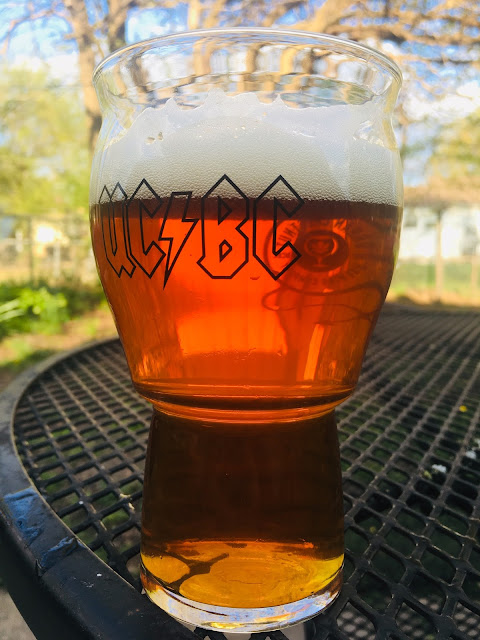Kegged just two weeks ago, this beer is really hitting its stride. It's crisp and super clear with the aid of gelatin. I've been drinking it steadily and sadly the keg is about empty. That's sort of the downside of 5-gallon batches; by the time the beer is really drinking good, it's nearly gone. I suppose I could wait a little bit longer before drinking it, but I can never resist sampling after kegging a new beer. And it tastes pretty good, I'll just start drinking it, like I did with this one.
When it was brand new, it had a much stronger grainy, bready flavor. But as it's cleared up, the bready/grainy character is more of a background flavor. No apparent hop flavor, so it's all German pilsner malt. This beer finished at 1.010-12, so based on a 1.040 OG, it's under 4% ABV, perhaps substantially so. The great thing is that you can drink a lot of these and not get overly tipsy. The beer has a fairly moderate body, despite being such a small beer. It's not thin and there are no weird flavors from the touch of chiller discharge water that ended up in the kettle. Aroma is somewhat low, but there are hints of that bready graininess. Overall, this is a great beer and served as a great warmup for the yeast, which has been used in additional beers. Speaking of the yeast, 2633 Oktoberfest, I'm not sure I pick up anything unique about it compared to other lager yeasts I've used.

















